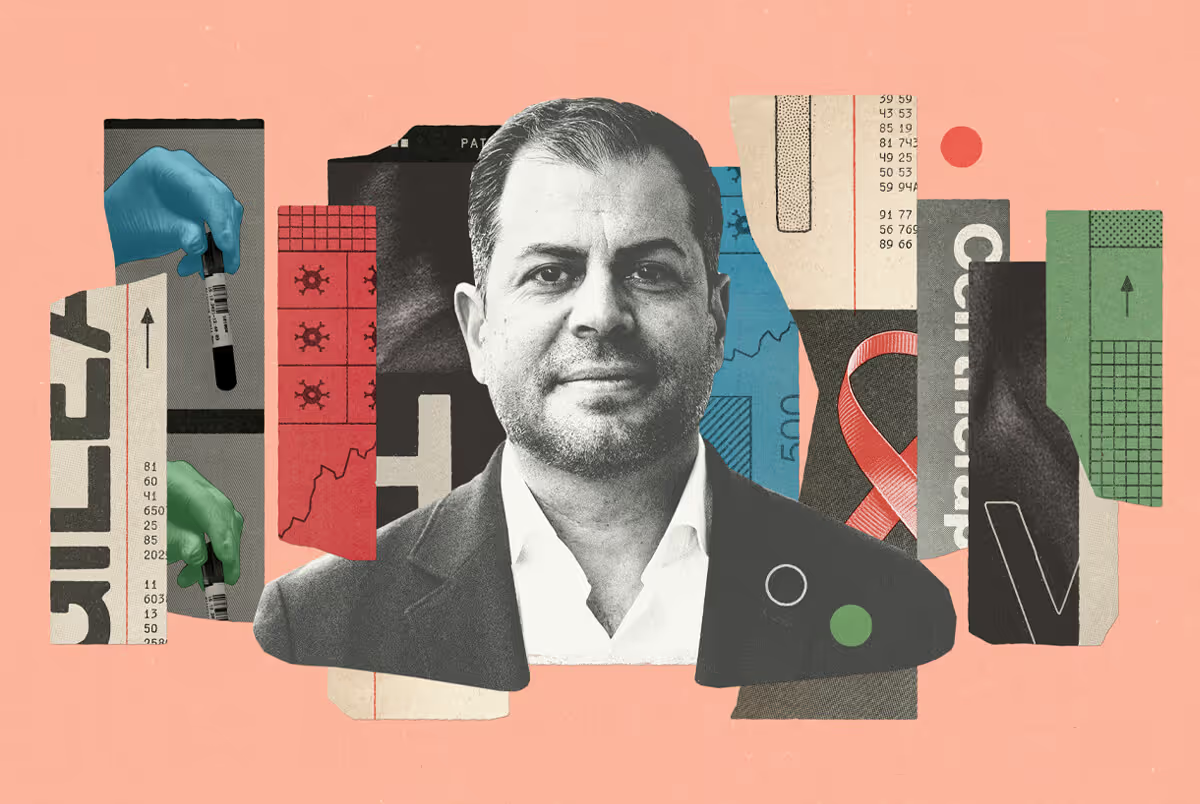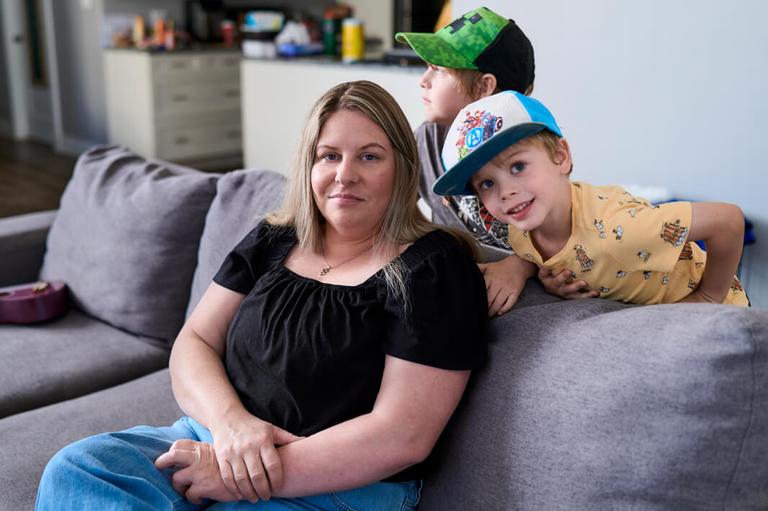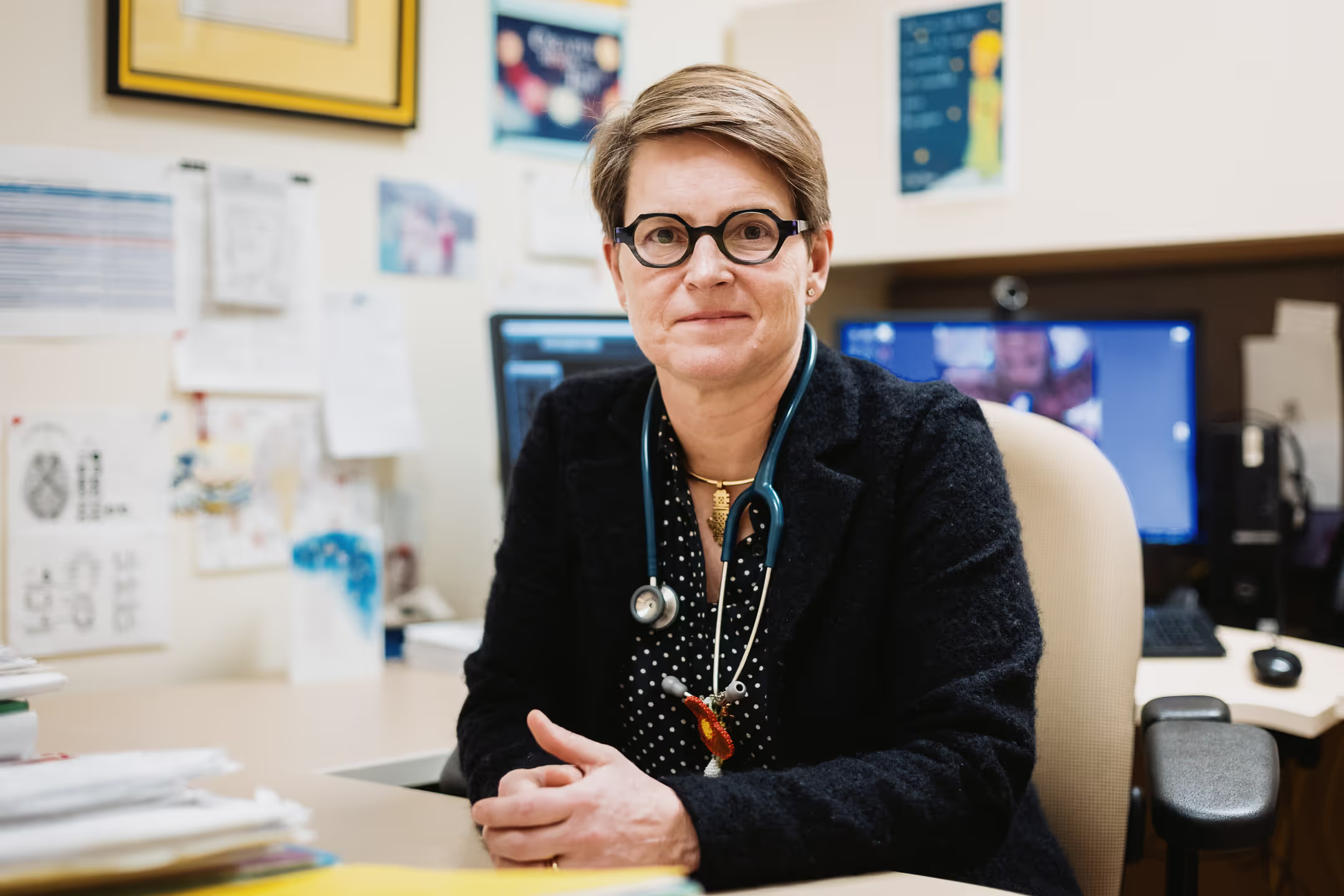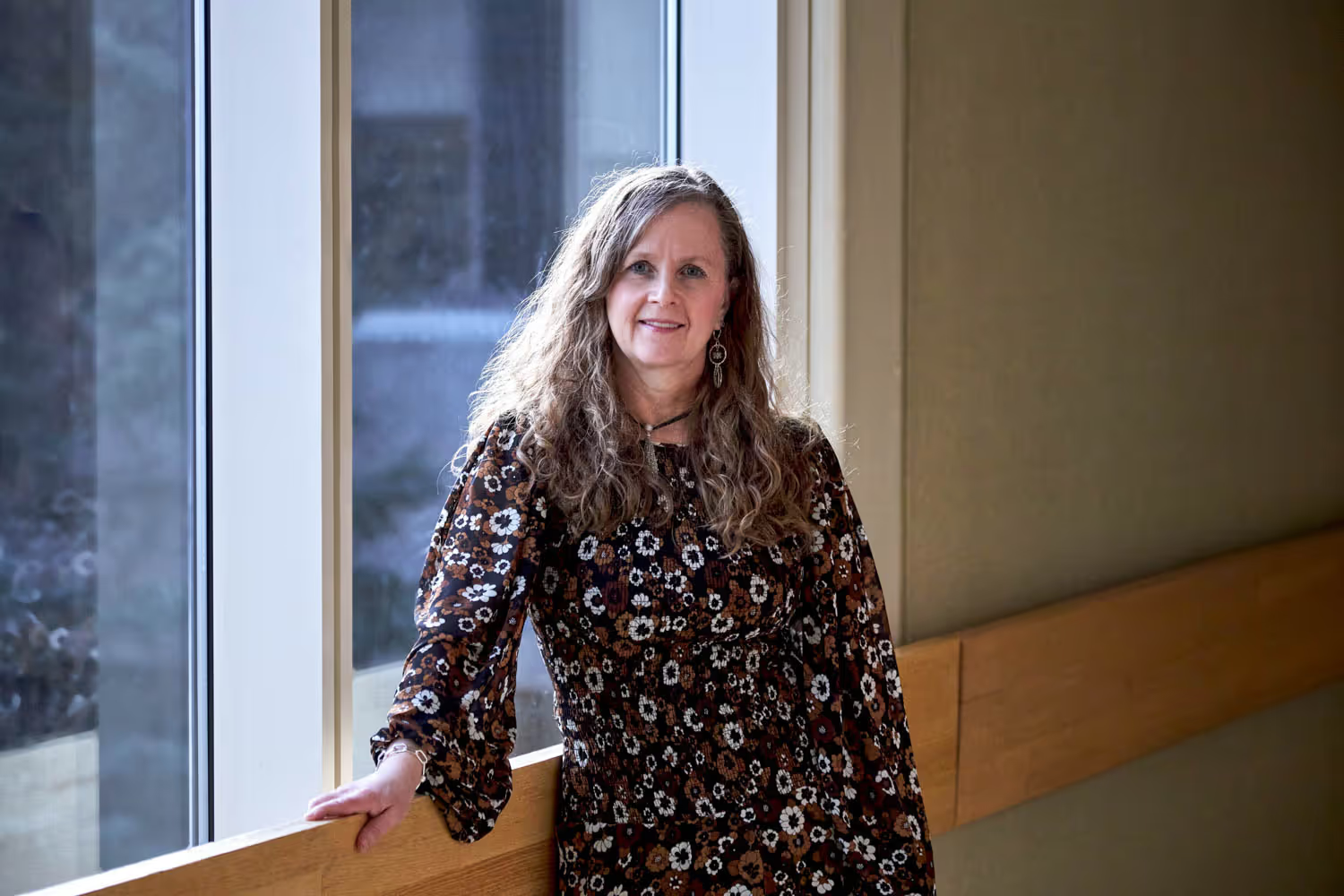
Dr. Ward is a Professor of Pediatrics at the University of Ottawa, Medical Director of the Children's Hospital of Eastern Ontario (CHEO) Genetic and Metabolic Bone Disease Clinical Program, Pediatric Endocrinologist in CHEO’s Division of Endocrinology and Metabolism, and Scientific Director of the Ottawa Pediatric Bone Health Research Group.
1. What is XLH? When and how is it typically diagnosed?
X-linked hypophosphatemia (XLH) is a rare genetic disorder that leads to low phosphate levels in the blood. Phosphate is necessary to mineralize the bones, and it’s also essential for healthy muscles and teeth. When phosphate is insufficient in childhood, children develop rickets, which leads to bowing of the legs and bone pain.
This bowing usually shows up around the time of weight bearing and worsens as toddlers continue to walk. As such, XLH is most often diagnosed sometime between the ages of 18 and 24 months of age. If there’s a family history of XLH, however, the affected parents will bring in their babies within the first few weeks of life to see if they have inherited the condition.
2. How does XLH impact families?
XLH can impact quality of life significantly for both patients and caregivers. Children with XLH are impacted by a progressive bowing deformity — the legs usually bow out but they can also be knock-kneed — and they experience poor growth and chronic bone pain. Children with XLH also experience weakness — they may have trouble keeping up with their peers on the playground, walking upstairs, or getting up from the floor. This can cause mental health challenges. They can also have recurrent dental abscesses (infections). Other complications may be present as well, such as an abnormal head shape, which can cause raised intracranial pressure, which in turn can be a neurosurgical emergency. Hearing loss is frequent in adulthood, but can also start in childhood.
XLH is typically diagnosed early on, but some people have mild cases that may not come to attention until adulthood. Untreated, XLH continues to progress and worsen. Adults with XLH have a whole different set of problems. They can be quite affected with significant bone pain, stiffness, fractures, bone spurs, and spinal stenosis. They may have trouble sleeping due to pain and mobility challenges, with many needing mobility aids or even wheelchairs in severe cases. Hearing loss and dental abscesses are also common occurrences in adults with XLH.
3. What challenges are faced by XLH patients and families when graduating from pediatric care to adult care?
Patients typically require a lot of supportive care. Their needs may require them to be linked up with orthopedic surgeons, neurosurgeons, physiotherapists, audiologists, dentists, and occupational therapists. There’s a whole orchestra of people who go into taking care of XLH patients.
In pediatrics, it’s easier to assemble and effectuate a multi-disciplinary team. In the adult world, there’s often no one who’s willing to be the team captain and so patient care becomes disjointed. This isn’t just for XLH patients, either. It’s an issue all across Canada. The care coordination for childhood-onset rare disease is a huge unmet need.
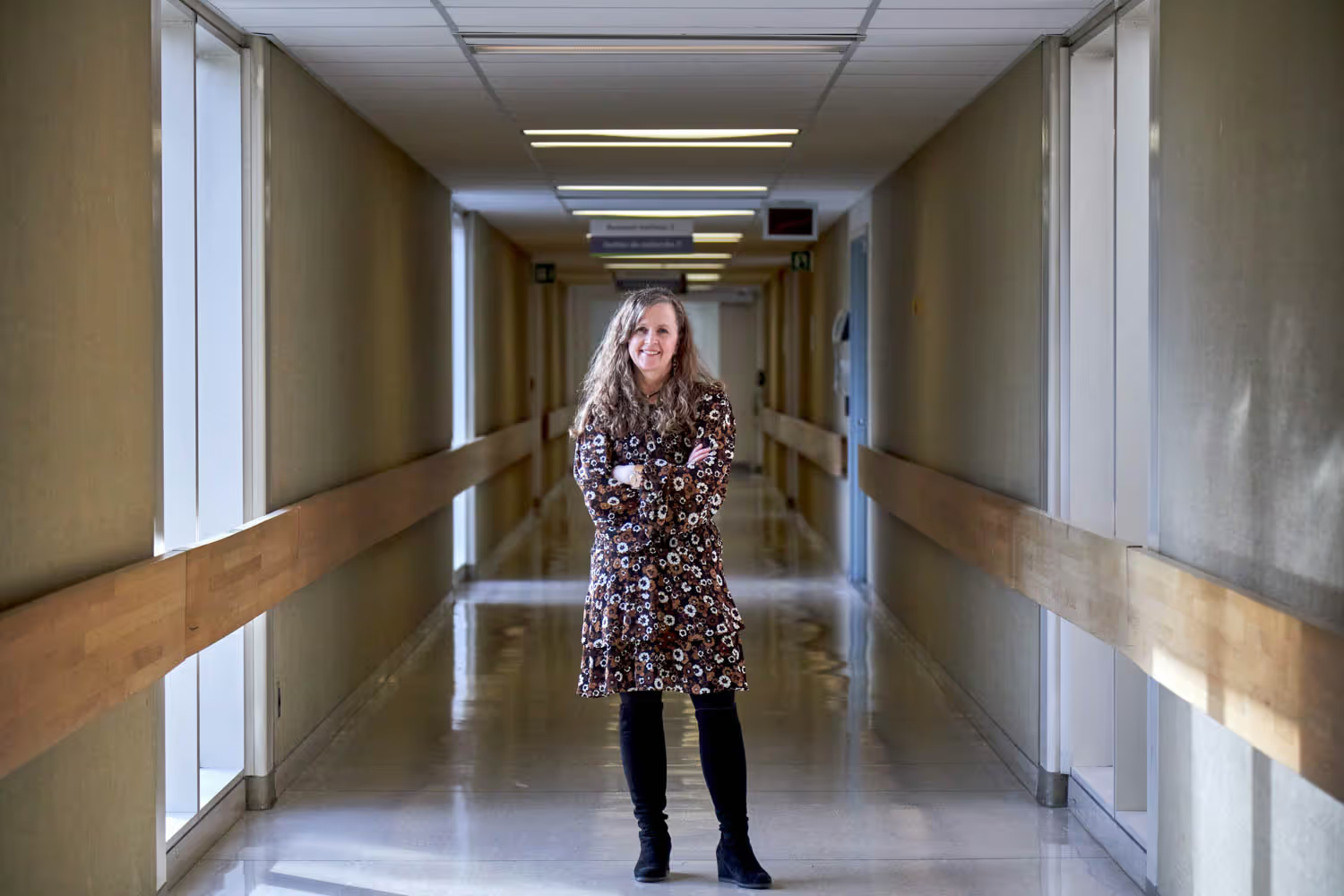
4. How can Canada’s health care system effectively address these challenges?
We need a national rare disease strategy that’s tuned to the special, specific needs of the rare disease community. This should include educating health care practitioners in order to facilitate timely diagnosis, increasing access to diagnostic tools, linking patients with disease experts, assembling multi-disciplinary care teams, and tackling the cost issue, as many rare disease treatments are very expensive.
We also need to establish Canada-wide networks of expertise. Patients should be at the hub of these networks — we need to work closely with them to understand and meet their needs. The networks must also reach out to communities and to other networks of developing and established expertise — collaborating with one another, developing databases and registries that help us to better understand patients, and pushing forward research are all needed, because research is what drives change.
If you’ve been diagnosed with XLH, either recently or in the past, there's a growing community of patients, caregivers, and clinicians here to support you. To learn more about XLH, seek support, or access additional resources, please contact Shari or Danielle at the Canadian XLH Network.
This content is supported by Ultragenyx. This page was developed by Patient Voice, and the supporter did not influence the final article or editorial themes of this content.
%20(1).jpg)

